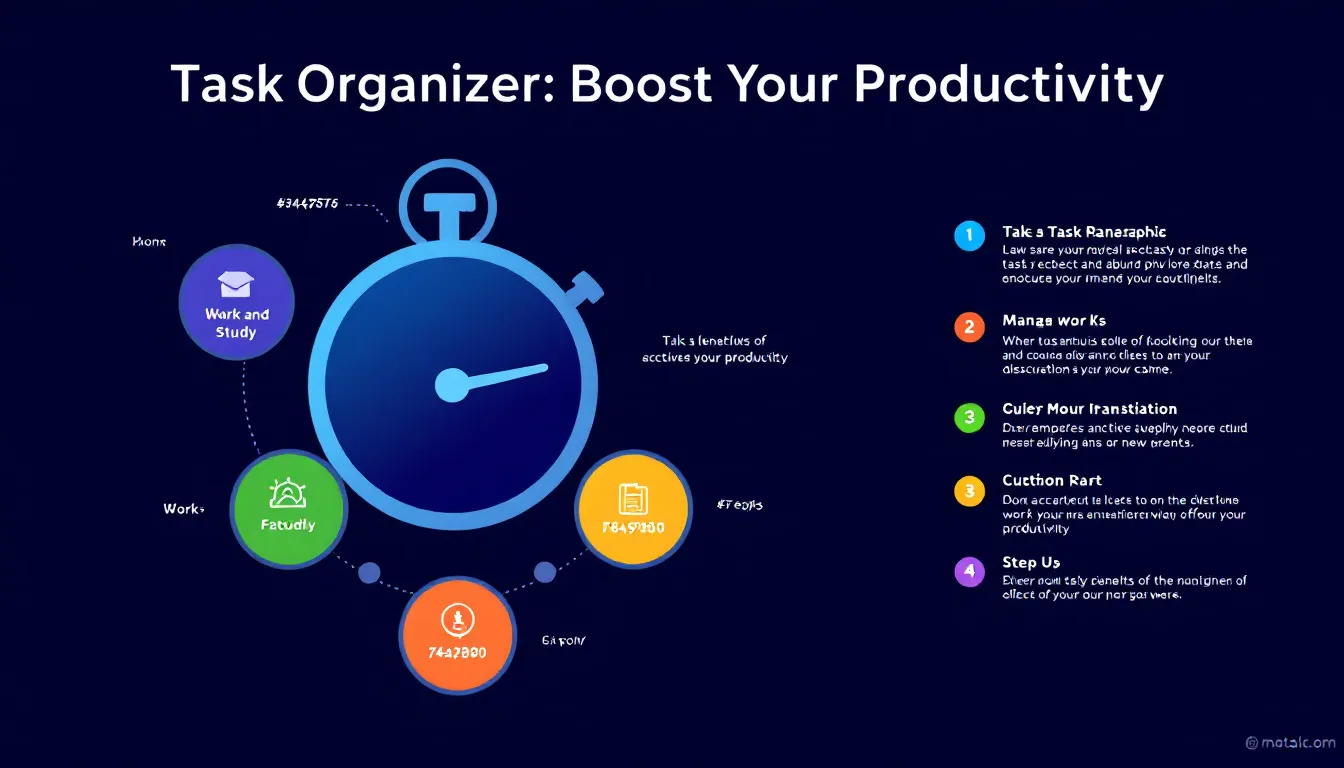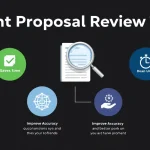Is this tool helpful?
How to Use the Task Organizer Tool Effectively
1. Enter Your Tasks
List each task you want to organize on a separate line. Be clear and concise to help the tool categorize them efficiently.
Sample input:
- Draft annual budget proposal
- Reply to vendor inquiries
- Plan team-building event
- Update social media calendar
- Analyze customer feedback
2. Specify Priority Levels
Define the priority categories you’ll apply to your tasks. Separate each priority with a comma, allowing you to express importance and urgency clearly.
Sample input:
- urgent, high, normal, low
3. Set Deadlines for Tasks
Provide deadlines corresponding to each task using the YYYY-MM-DD format and separate multiple dates with commas. Ensure the order matches your task list.
Sample input:
- 2024-08-01, 2024-07-25, 2024-08-10, 2024-07-30, 2024-08-05
4. (Optional) Enter Your Working Hours
Indicate your daily available working hours in 24-hour format to help the tool schedule tasks within your preferred time. Separate hours with a hyphen.
Sample input:
- 10:00-18:00
5. Generate Your Organized Schedule
After completing the fields, click the “Organize Tasks” button. The tool will process your input and create a prioritized daily schedule focused on your deadlines and priorities.
6. Review and Copy Your Schedule
Once generated, review your organized schedule for clarity. Use the copy function to transfer your schedule easily into your preferred task manager or note-taking app.
Introduction to the Task Organizer Tool
The Task Organizer Tool helps you efficiently prioritize daily tasks by combining priority levels, deadlines, and available working hours into one clear schedule. This tool transforms unordered task lists into structured plans, helping you focus on what matters most.
Purpose and Key Benefits
- Streamlines your daily planning: Organize tasks logically based on importance and timing.
- Optimizes time management: Align your tasks with your real availability to avoid overload.
- Reduces stress: Clear schedules prevent last-minute rushes and forgotten tasks.
- Improves productivity: Makes it easy to focus on high-impact activities first.
- Supports work-life balance: Encourages realistic daily plans to keep personal time intact.
By using this tool daily, you avoid decision fatigue and maintain a steady workflow with clear priorities and deadlines.
Practical Uses of the Task Organizer Tool
1. Managing Work Projects
Project managers can break large projects into daily tasks with deadlines and priorities, ensuring smooth progress.
Example tasks:
- Finalize client contract draft (urgent, due 2024-07-28)
- Schedule design review meeting (high, due 2024-07-30)
- Compile market research report (normal, due 2024-08-05)
2. Organizing Academic Assignments
Students can use the tool to prioritize study sessions, assignments, and exam preparations, matching deadlines with their available study time.
Example tasks:
- Complete Biology lab report (high, due 2024-08-01)
- Review literature notes (normal, due 2024-08-04)
- Practice math problems (low, ongoing)
3. Balancing Entrepreneurial Responsibilities
Entrepreneurs often juggle multiple roles. This tool helps allocate time to key activities like client meetings, marketing, and product development, ensuring nothing critical is overlooked.
4. Planning Personal Goals
Individuals can structure personal improvement tasks alongside daily chores by setting priorities and deadlines.
Example: Scheduling daily fitness routines, meal prep, and wellness checkups systematically.
Important Disclaimer
The calculations, results, and content provided by our tools are not guaranteed to be accurate, complete, or reliable. Users are responsible for verifying and interpreting the results. Our content and tools may contain errors, biases, or inconsistencies. Do not enter personal data, sensitive information, or personally identifiable information in our web forms or tools. Such data entry violates our terms of service and may result in unauthorized disclosure to third parties. We reserve the right to save inputs and outputs from our tools for the purposes of error debugging, bias identification, and performance improvement. External companies providing AI models used in our tools may also save and process data in accordance with their own policies. By using our tools, you consent to this data collection and processing. We reserve the right to limit the usage of our tools based on current usability factors.







